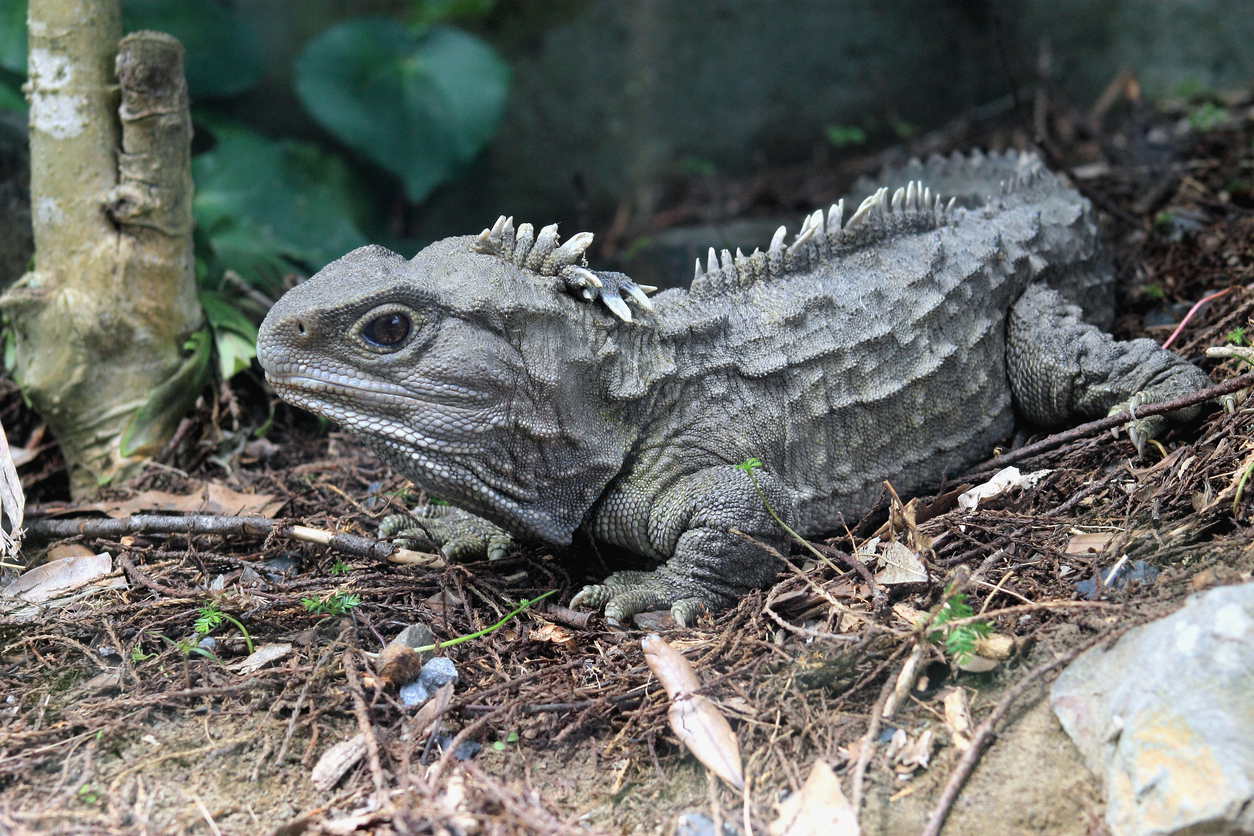News release
From:
Expert Reaction
These comments have been collated by the Science Media Centre to provide a variety of expert perspectives on this issue. Feel free to use these quotes in your stories. Views expressed are the personal opinions of the experts named. They do not represent the views of the SMC or any other organisation unless specifically stated.
Dr Nic Rawlence, Director of the Otago Palaeogenetics Laboratory, and Associate Professor in Ancient DNA, Department of Zoology, University of Otago
Tuatara are unique in that they are the last surviving member of the Sphenodontids whose fossils have been found around the world dating all the way back to the dawn of the dinosaurs.
For the early part of their evolutionary history Sphenodontids were more numerous than their cousins the lizards and snakes. However from the Cretaceous period onwards they became increasingly rare in the fossil record, often only fragmentary jaws and teeth.
This paucity of fossils has meant that the origins of New Zealand’s unique tuatara are shrouded in mystery.
The discovery of the nearly complete Sphenodontid fossil from North America is a WOW moment in palaeontology, the stuff cover images are made of.
Using some amazing analytical methods, the scientists at Harvard University have shown that Navajosphenodon sani is the oldest member of the lineage that led to tuatara.
By comparing the new fossil to tuatara they have shown that the body form of tuatara has been conserved for at least 190 million years…a great example of if it ain’t broke, don’t fix it. This is remarkable and fits with what scientists know of slow rates of genome evolution in tuatara.
There is still a lot to discover about the evolution of tuatara but this is a first step. New fossil discoveries will shed further light on this remarkable animal, whether they are collected in the field or have been hiding in museum collections for 30 years like Navajosphenodon sani.



 New Zealand; International
New Zealand; International


